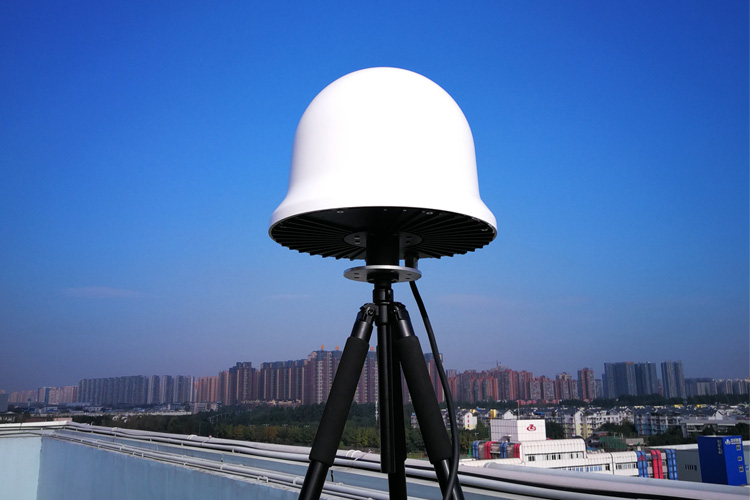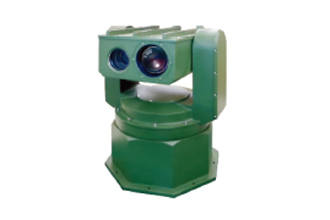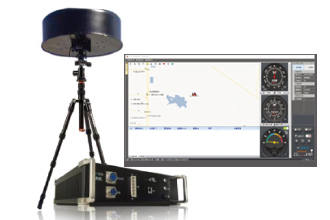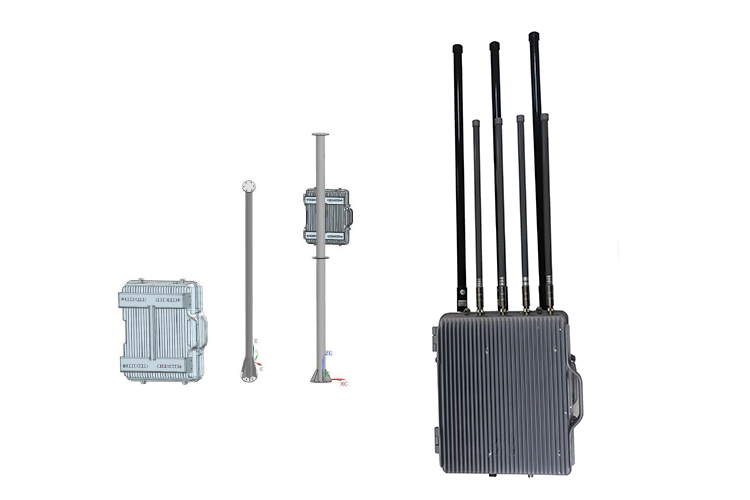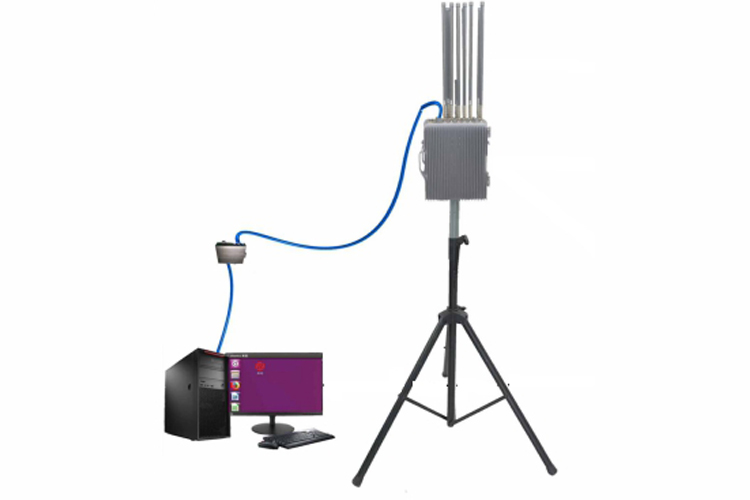The No-fly zone device is mainly aimed at GPS/GLONASS/BD navigation systems, launching false satellite navigation signals to form a no-fly zone function, and drones cannot fly into the no-fly zone. The device has low radiation power, has no effect on the surrounding electromagnetic environment, a...
The system are using a combination of day light TV and thermal infrared image sensor, steady continuous monitoring and tracking targeted drones.
he Passive RF Detection system analyzes and identifies the remote control signal and data return signal of drones, detectes target and early warning
The long-distance detection and defense integrated equipment ZD02 is a product developed for large areas. The detection distance is up to 10km. The equipment is modularized in management and easy to operate. It can be quickly assembled and deployed according to the actual situation. It can work a...
The drone RF detection and jamming integrated machine ZD01 is a product developed for small areas such as detention centers, stadiums, and villas. The product can realize rapid deployment in fixed areas, realize automatic detection, and automatically suppress the integrated 24-hour unattended ope...
LEAVE A Message
Development Status of Anti-UAV Systems
With the rapid opening of the drone market, it is no longer difficult for people to own a handheld "grey aircraft" that "fly and fly", but accidents of "flying" and "black flying" of drones are frequent and hurt people. Destruction may even be used by terrorists, causing major security risks. In addition to the introduction of regulatory policies, the necessary anti-drone methods must be launched. Therefore, drones and anti-drones will play a game of technical competition and mutual vulnerability finding.
According to statistics, from 2017 to 2022, the anti-drone market will grow at a rate of about 23.89% per year. By 2022, the total market will reach $ 1.14 billion. Among them, the demand for anti-drone systems in the Asia-Pacific region will account for 30% of the global market, and anti-drone products will maintain high-speed growth for a long time.
1. Classification of anti-drone systems
Anti-UAV system refers to a device that uses technical means to monitor, interfere with, deceive, control, and destroy UAVs. At present, the technical methods of anti-UAV mainly include laser cannon, signal interference, signal deception, sound wave interference, hacking technology, radio control, and anti-UAV drone.
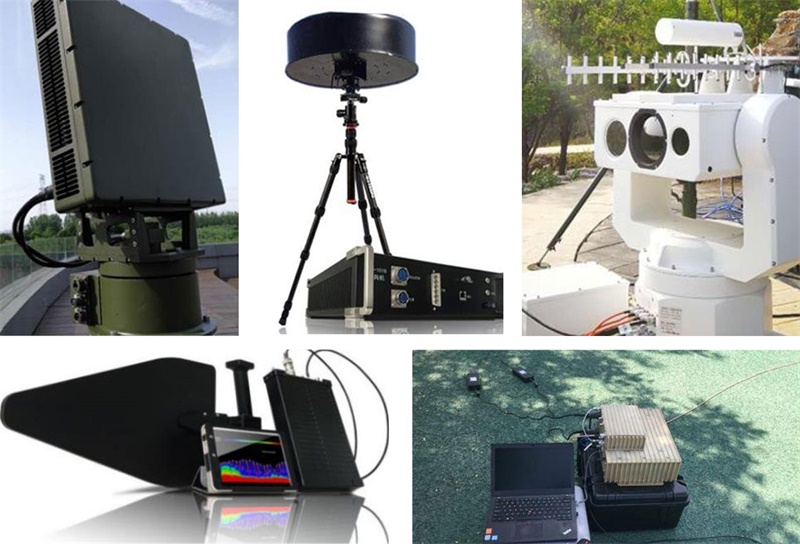
The anti-drone systems developed using these technologies can be roughly divided into three categories: one is monitoring and control, and the drone is controlled by the transmission code that blocks the use of the drone and guides it to return home, while avoiding the drone crash . The second is direct destruction, mainly using missiles, laser weapons, microwave weapons, fighting drones, and conventional firepower to directly destroy drones. The third is interference blocking, which transmits directional high-power interference radio frequency to the drone, cuts off the communication between the drone and the remote control platform, and forces the drone to land or return home.

